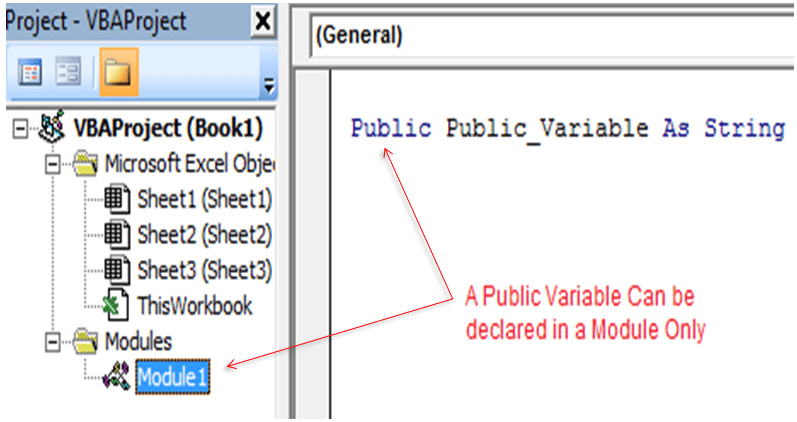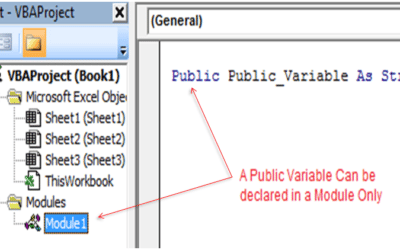How to Convert PDF Tables to Excel Using Excel VBA (Macros)
Extracting data from PDF tables into Excel can be tedious, but with Excel VBA (macros), you can automate this process and save time. This guide will walk you through the steps to achieve this seamlessly.
Why Use VBA for PDF to Excel Conversion?
- Efficiency: Automates repetitive tasks.
- Customization: Tailors the process to your needs.
- Batch Processing: Easily convert multiple PDFs in one go.
Step 1: Prerequisites
Before you start, ensure the following:
- Excel installed (Excel 2016 or later).
- Adobe Acrobat installed.
- Enable the Developer Tab in Excel: Go to File > Options > Customize Ribbon and check “Developer”.
Step 2: Set Up Your Excel Workbook
- Open Excel and press
Alt + F11to open the VBA editor. - In the editor, go to Insert > Module to create a new module.
- Paste the VBA code provided in the next section into the module.
Step 3: VBA Code to Extract PDF Tables
Copy and paste the following code into your VBA module:
Sub ConvertPDFToExcel()
Dim AcroApp As Object
Dim AcroDoc As Object
Dim AcroPage As Object
Dim i As Integer
Dim PageText As String
Dim ExcelRow As Long
Dim ws As Worksheet
' Initialize Adobe Acrobat application
On Error Resume Next
Set AcroApp = CreateObject("AcroExch.App")
If AcroApp Is Nothing Then
MsgBox "Adobe Acrobat is not installed or not properly configured.", vbCritical
Exit Sub
End If
On Error GoTo 0
' Open PDF file
Dim PDFPath As String
PDFPath = Application.GetOpenFilename("PDF Files (*.pdf), *.pdf")
If PDFPath = "False" Then Exit Sub
Set AcroDoc = CreateObject("AcroExch.PDDoc")
If Not AcroDoc.Open(PDFPath) Then
MsgBox "Failed to open PDF file.", vbCritical
Exit Sub
End If
' Set up Excel sheet
Set ws = ThisWorkbook.Sheets(1)
ExcelRow = 1
' Loop through each page of the PDF
For i = 0 To AcroDoc.GetNumPages - 1
Set AcroPage = AcroDoc.AcquirePage(i)
PageText = AcroPage.GetText()
' Split page text into rows and columns (simple delimiter-based parsing)
Dim Lines() As String
Lines = Split(PageText, vbCrLf)
Dim j As Integer
Dim Columns() As String
For j = LBound(Lines) To UBound(Lines)
Columns = Split(Lines(j), " ")
Dim k As Integer
For k = LBound(Columns) To UBound(Columns)
ws.Cells(ExcelRow, k + 1).Value = Columns(k)
Next k
ExcelRow = ExcelRow + 1
Next j
Next i
' Clean up
AcroDoc.Close
AcroApp.Exit
Set AcroApp = Nothing
Set AcroDoc = Nothing
MsgBox "PDF tables have been successfully extracted!", vbInformation
End Sub
Limitations
- Requires Adobe Acrobat.
- Handles only text-based PDFs (not images).
- Basic parsing; may require adjustments for complex tables.
Advanced Tips
- Batch Processing: Modify the code to process all PDF files in a folder.
- Improved Parsing: Use libraries like iTextSharp for advanced table handling.
- Error Handling: Add checks for corrupted files.
Conclusion
With this VBA script, you can automate the tedious task of converting PDF tables to Excel, saving time and effort. This tool is invaluable for anyone who frequently handles PDF-to-Excel conversions. Happy coding!
FAQs
- How do I convert a PDF table to Excel using VBA? You can use the provided VBA macro to automate the process by extracting tables into Excel sheets.
- Can I convert multiple PDFs to Excel? Yes, the script can be modified to loop through a folder of PDFs.





0 Comments